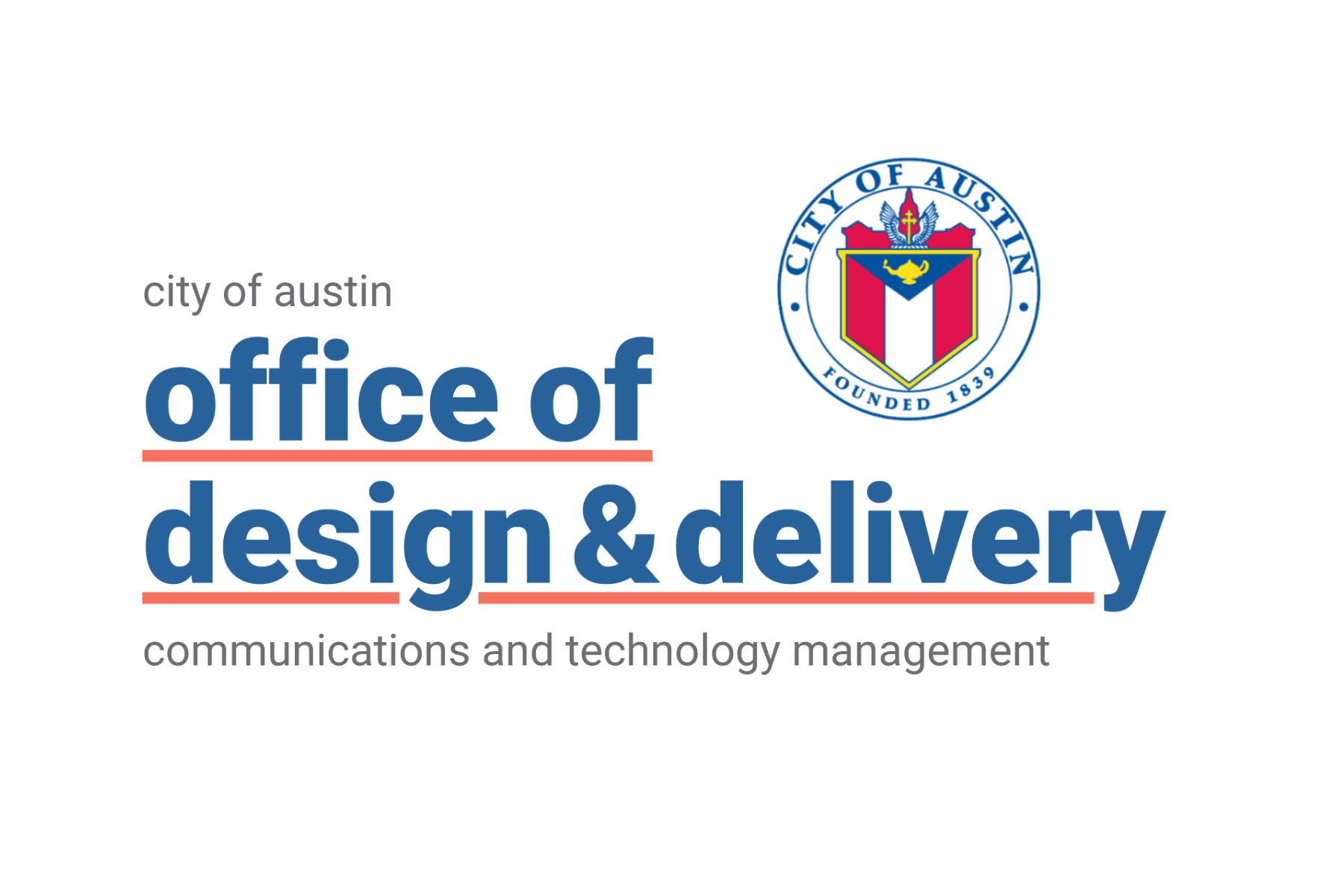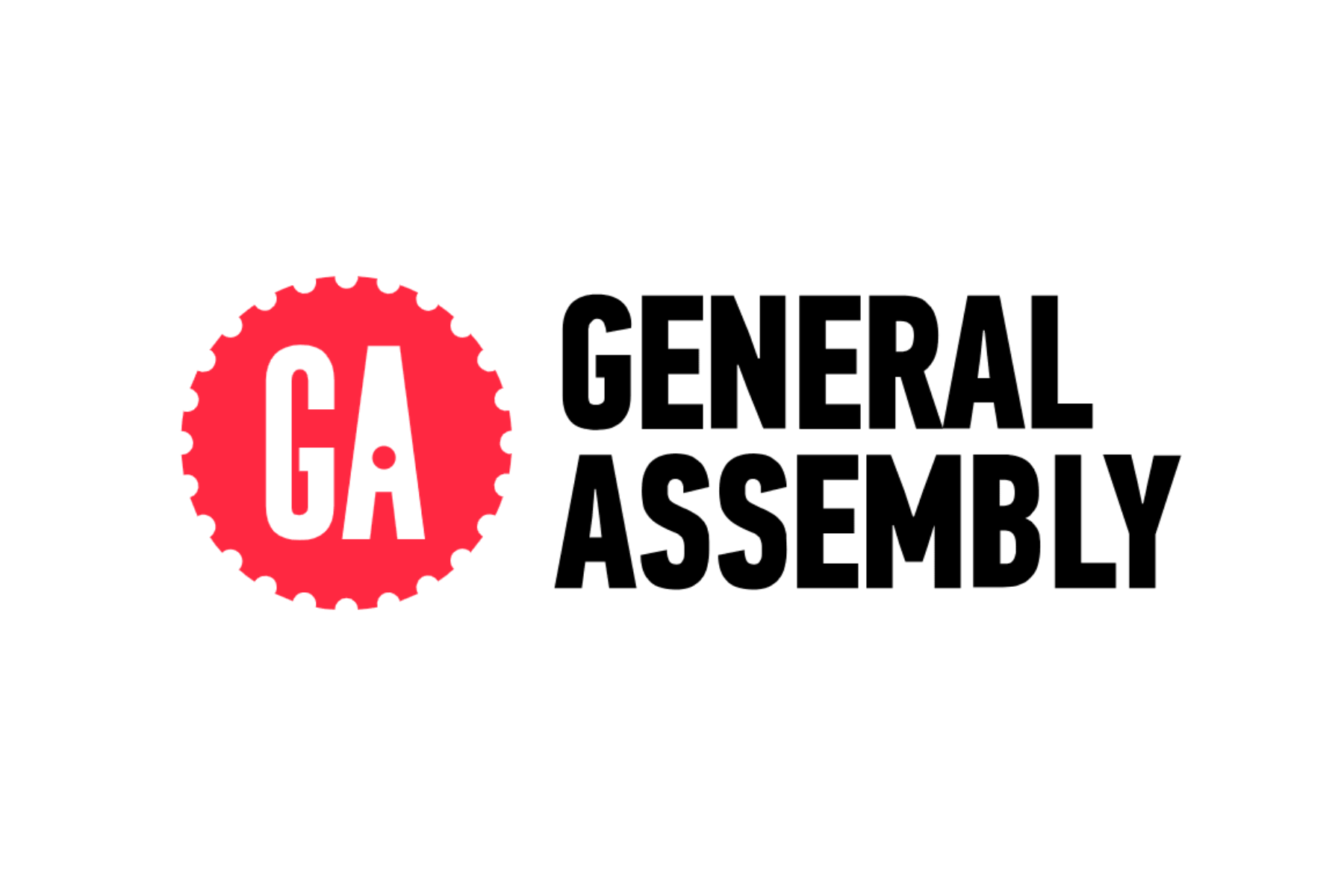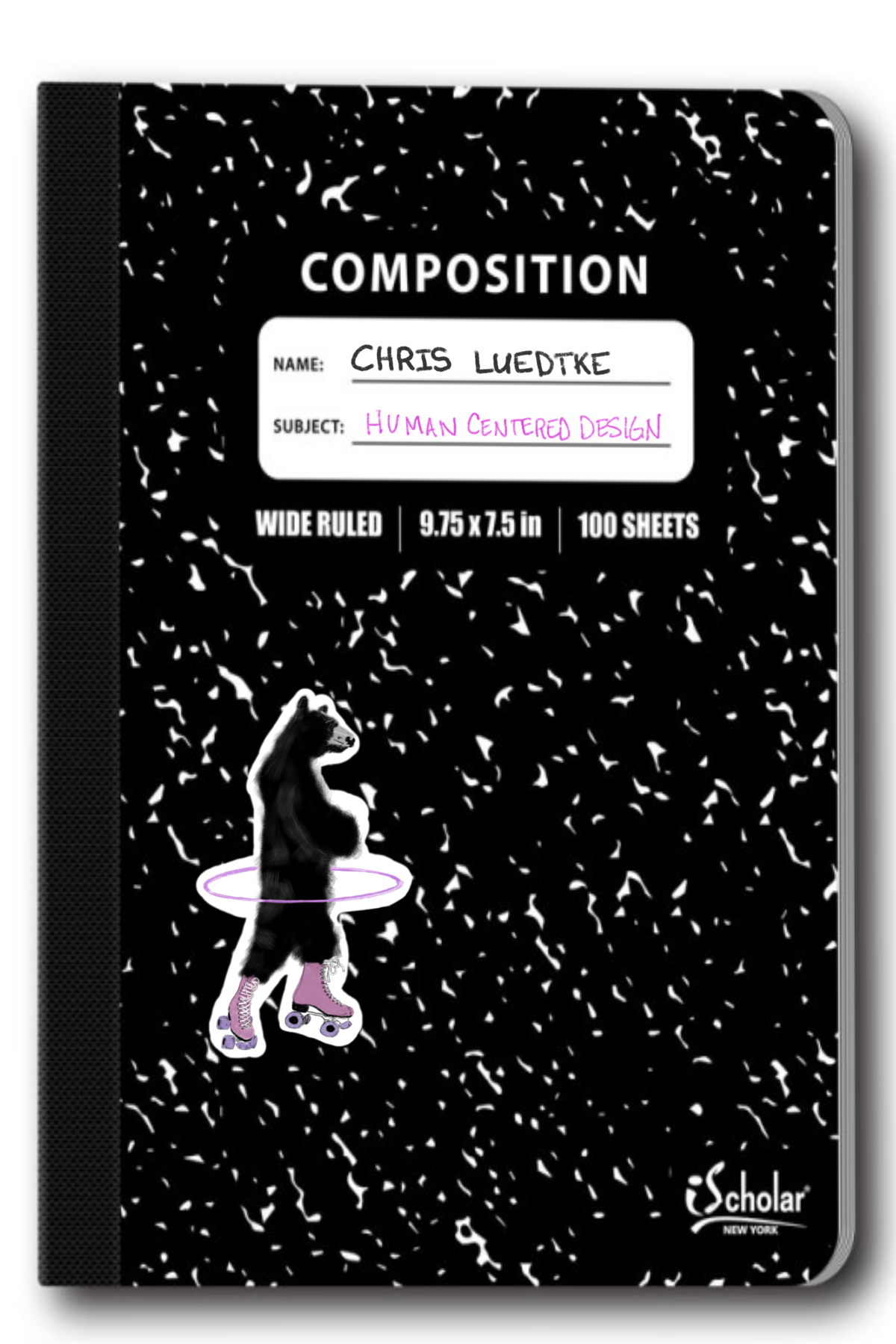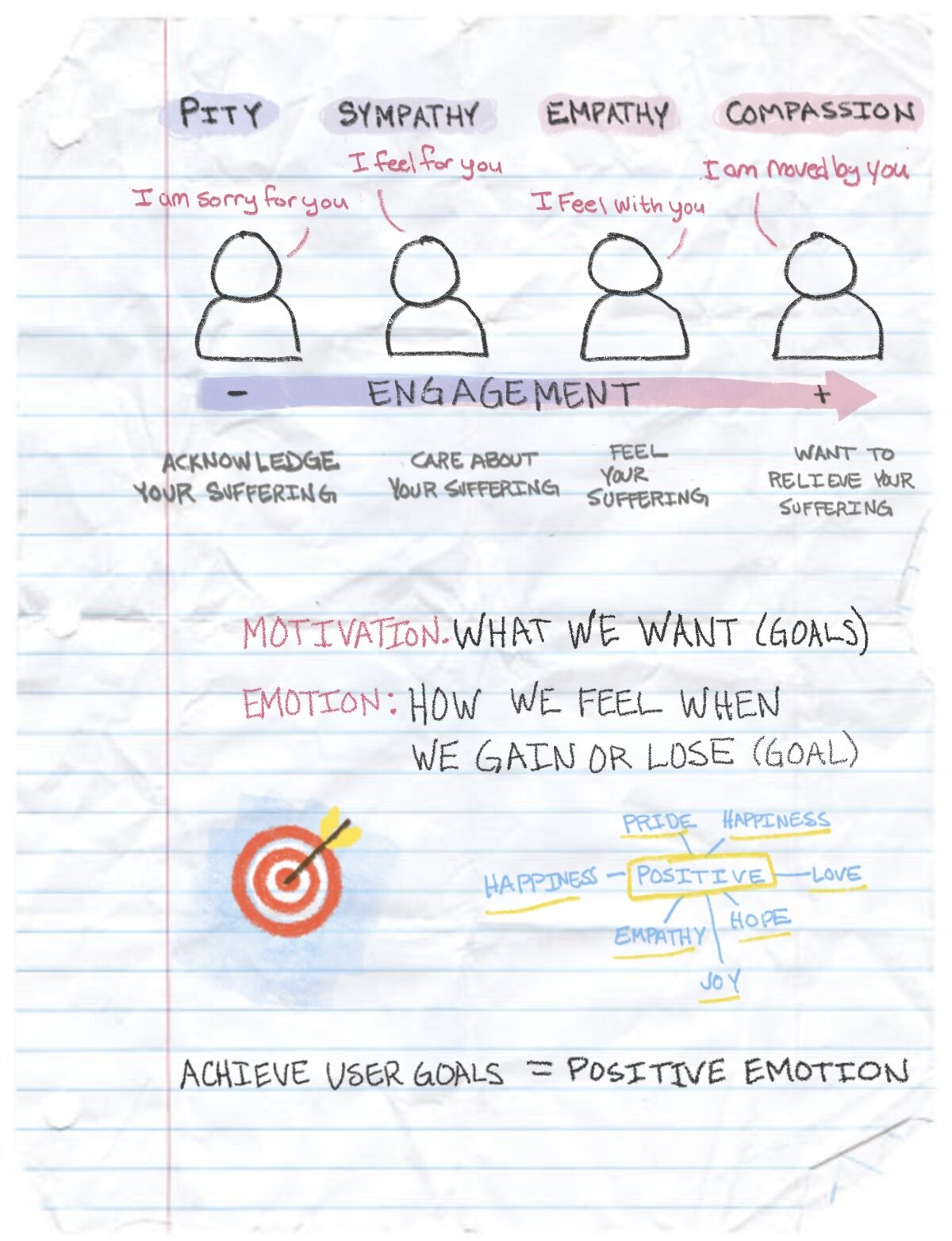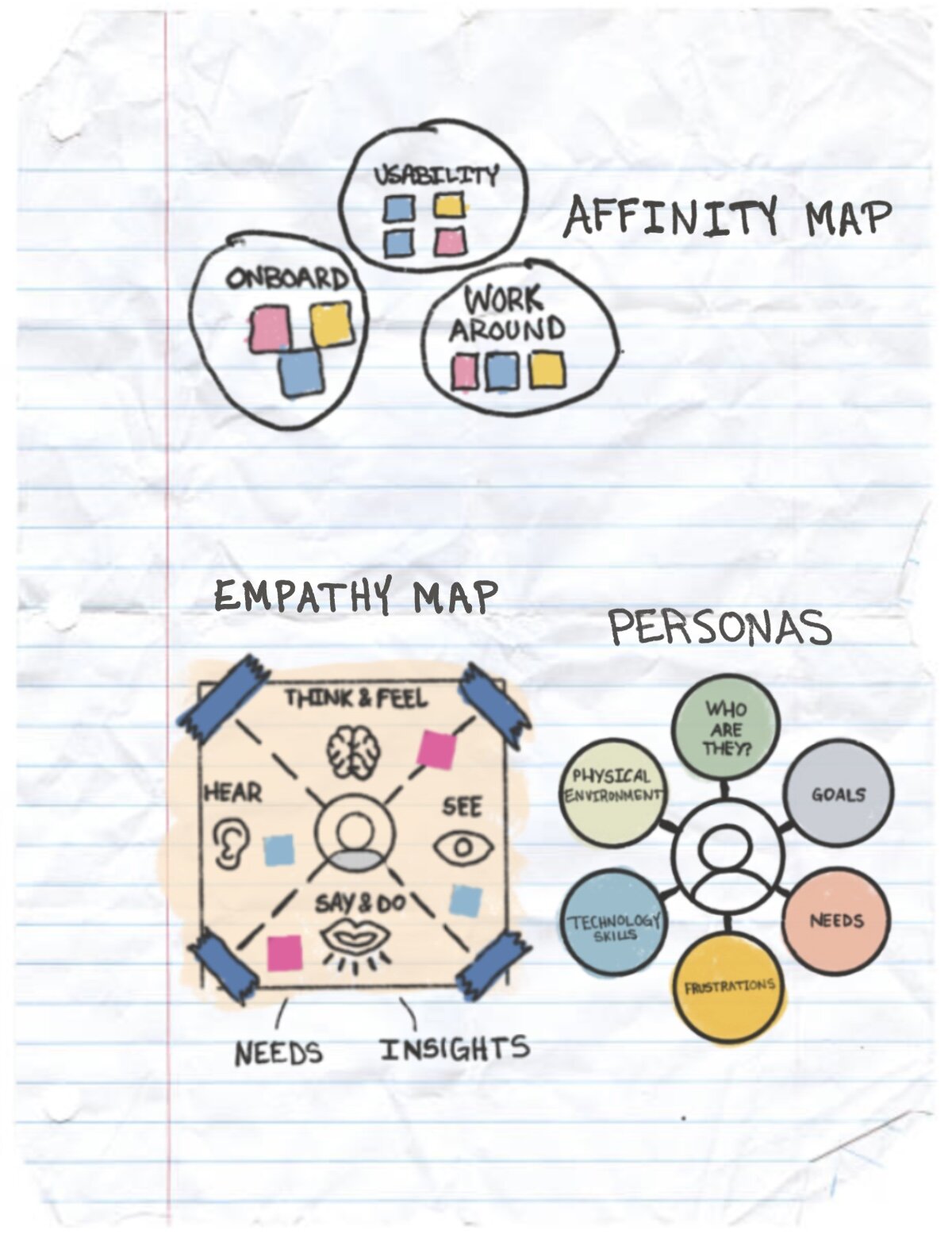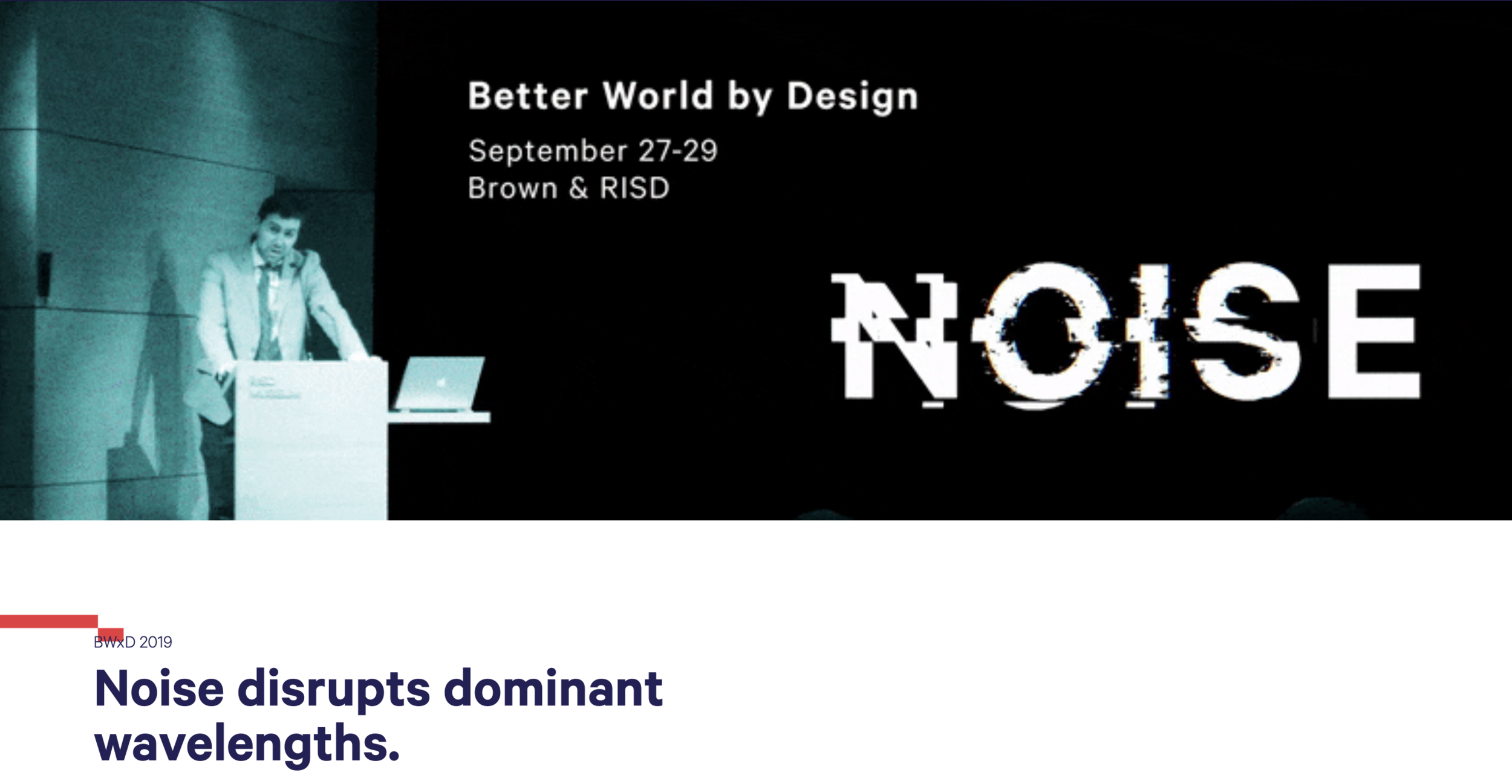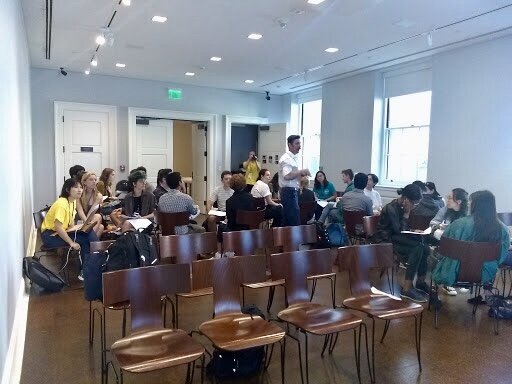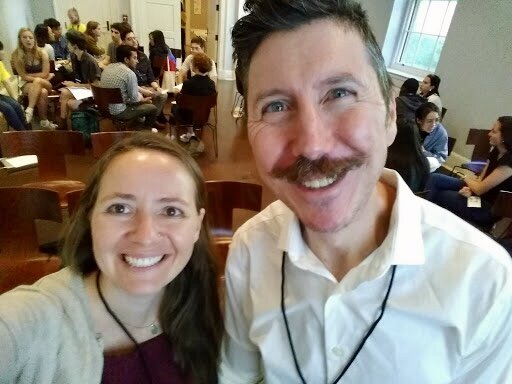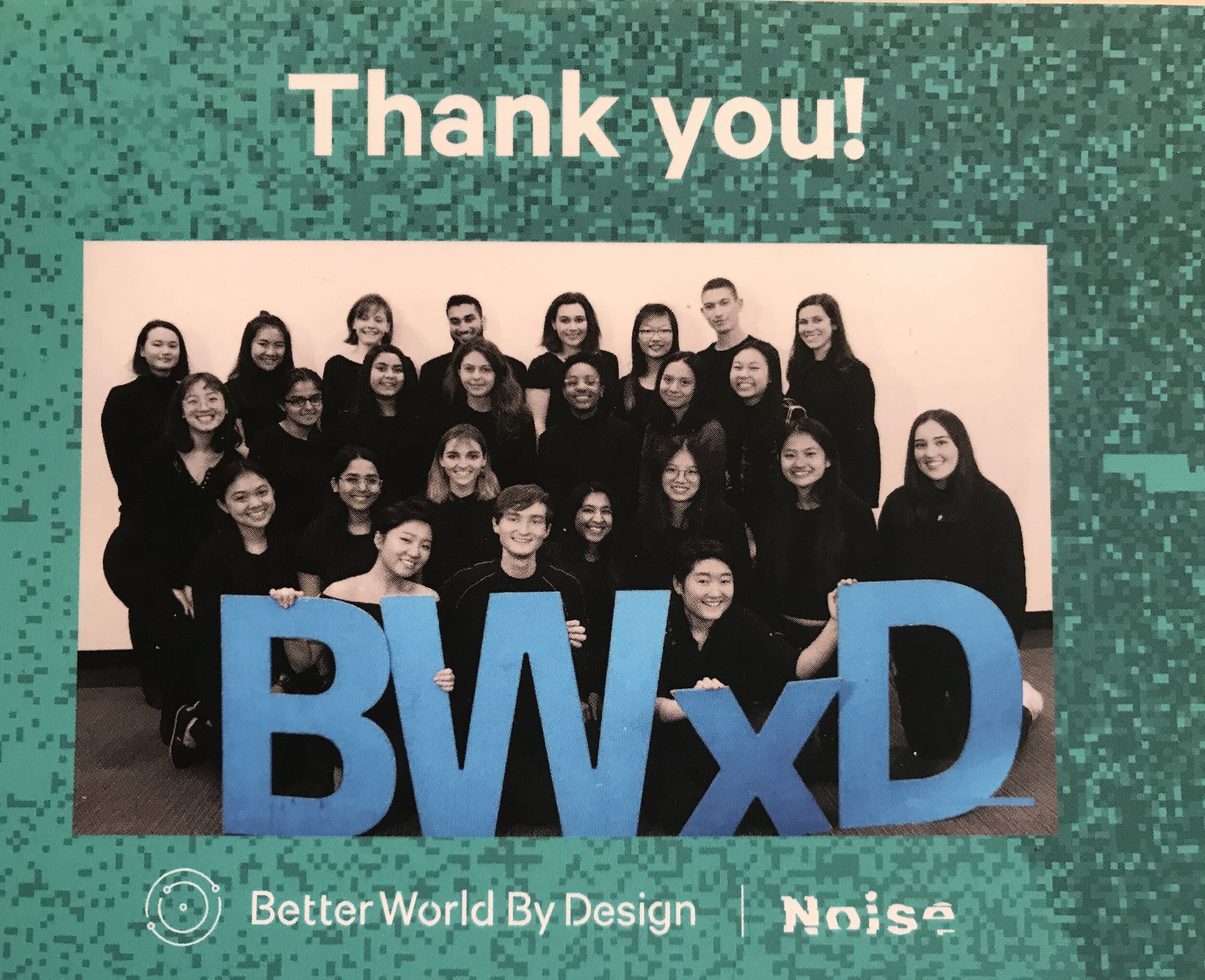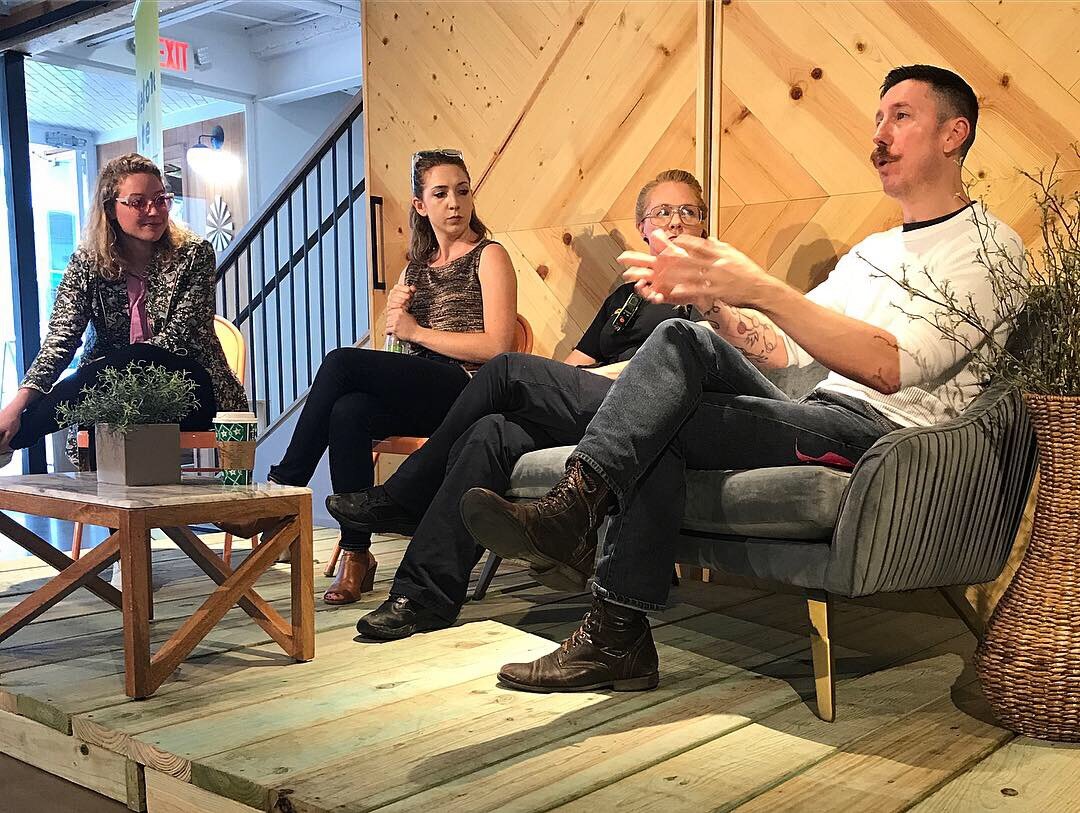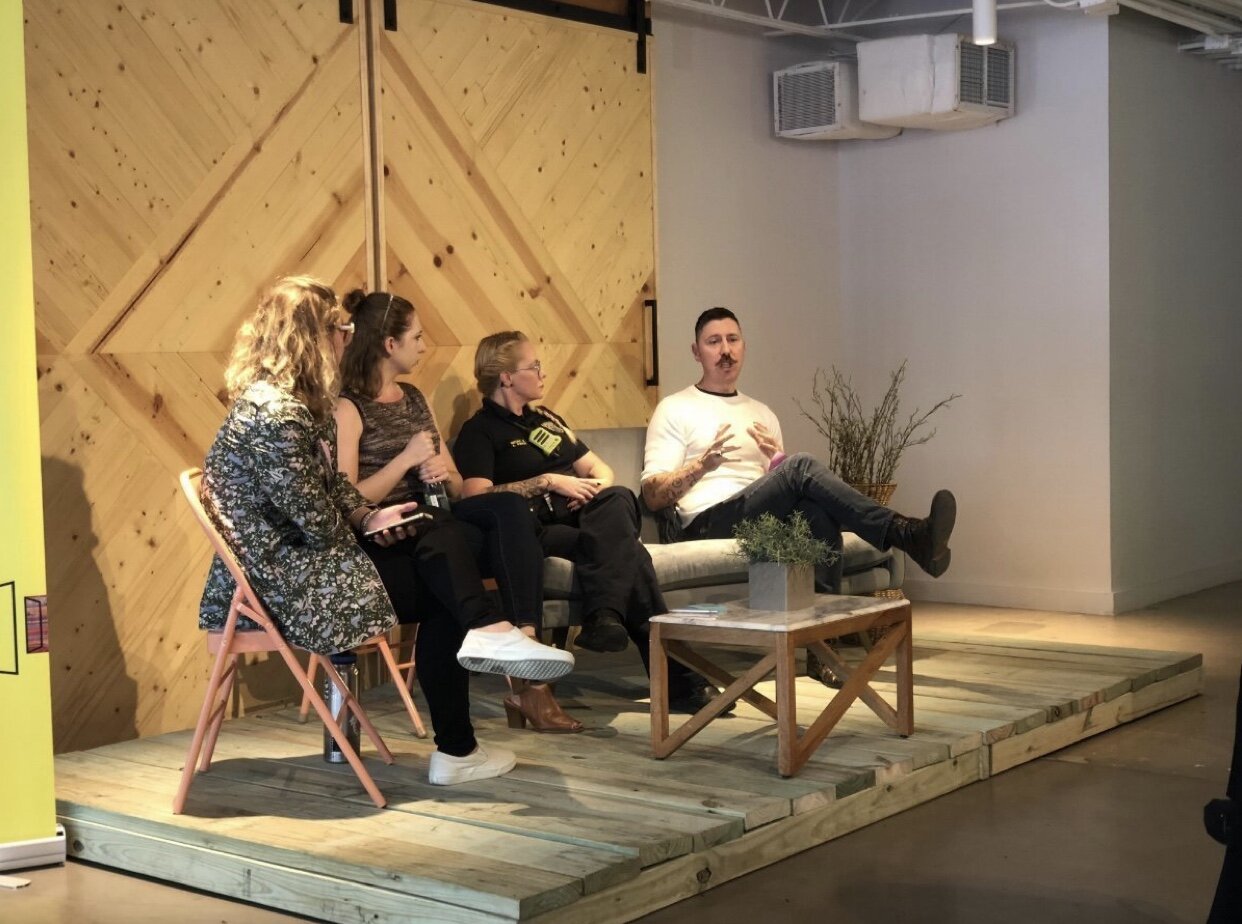



Christopher Luedtke
Service Design & Experience Research
Christopher Luedtke
Service Design & Experience Research
Hello!
I was born and raised in Chicago and after obtaining my Bachelor's, ventured off to Seattle for rain, coffee, and layering of flannels. While there, I completed a Masters in Clinical Psychology, and became a trained mental health professional. This provided the opportunity to work with multiple populations of people to address different challenges and identify strength-based solutions. During the journey, I trained in individual, group and family counseling and practiced many types of therapies and interview methods. This included cognitive-behavioral and humanistic therapies, which focus on self-development, art therapies to communicate feelings, and family systems theory to resolve group systemic issues. Read More
However, over time it became difficult working in the nonprofit and government sector. I often found myself advocating for better tools and resources for direct service workers because delivering a great service and experience can be challenging with multiple changing needs and resources.
This led me down the path of Experience Research and User Centered Service Design. Which provided me new tools and methods to look holistically and understand the human, digital, and physical interactions it takes to deliver a good service within a system. This alignment of goals allows ways to move forward together, creating more dependable, equitable, and enjoyable experiences that can evolve to meet needs, while affirming that other experiences are real. Allowing us to design for the moments that matter.
Each Icon will open work examples

Process
Process
As a UX Designer the main focus is often on a single service moment or “touchpoint.” It focuses on the users of the service at that moment, typically a digital one, such as a web application.
As a Service Designer the focus is much broader. It is the whole service, with its many service moments before, during and after the service. These moments (digital, physical or interpersonal) are interactions between the customer and the service provider and can be digital, physical or interpersonal. Examining both the elements that are visible to the customer and the elements that happen behind the scenes.
A collaboration across departments and teams is required in order to achieve a seamless customer experience. To facilitate this collaboration, intention and effort must be spent designing how people, processes, and tools come together to create the experience you aim to deliver to the customer.
Service design helps mitigate misalignment while eliminating redundancies, improving efficiency, and reducing costs, because you can’t have a good user experience without considering the people or processes used to create it.

Speaking Engagements
Speaking Engagements
Austin Design Week, 2019
A panel discussion on conducting design research while consciously navigating sensitive topics and the impact research has on designing for multidimensional problems at scale.
Better World by Design, 2019
Brown University invited us to conduct a workshop on Human Centered Research Methods. Participants were provided case studies with real life examples from the University’s HOPE student organization. Participants left with a better understanding of the challenges faced by service providers, and an in-depth service design toolkit to assist service providers with work based trauma. Toolkit
Civic Futures Summit, 2019
Community-Driven Design for Better Technology, Programs & Policies, was a two day workshop introducing the techniques of civic service design with examples of successful city project case studies from New York’s Service Design Studio, and Austin’s Service Design Lab.
Austin Design Week, 2018
Like many communities around the country, and the world, Austin is currently grappling with questions about how to serve a growing population of people experiencing homelessness. This panel was set up to discuss design methods and strategies used when working within a system assisting participants experiencing homelessness.

